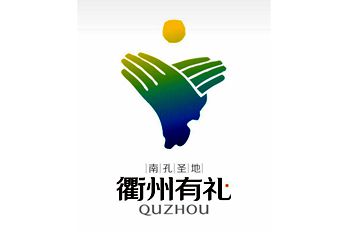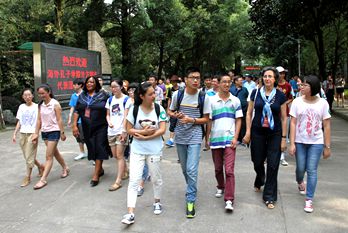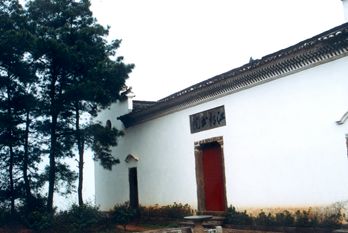Quzhou millennia-old tombs enjoy nationwide fame

Jade relics unearthed in the Mengjiang No 3 mound are well conserved, offering high historic, artistic and scientific research value. [Photo/zj.zjol.com.cn]
The China Broadcast Network released the top 10 domestic and international archaeological news stories for 2021 on Dec 20 and the prefecture-level city of Quzhou, located in East China's Zhejiang province, figured prominently among them.
The story "Millennia-old tombs bring Western Zhou Dynast treasures back to life in Quzhou, Zhejiang" ranked 9th among the top 10 archaeological news in China.
Preliminarily the findings of the tombs have determined that they date to the Western Zhou Dynasty (c.11th century-771 BC).
To date, hundreds of precious cultural relics – including jade, stones, porcelain and bronze items – have been unearthed. The Mengjiang No 3 mound, the largest tomb which has yielded the most cultural relics, is about 14 meters long and 7.8 m wide.
According to Zhang Min, a researcher at the institute, the mound's tombs are the highest grade of tomb in the ancient country of Gumie and are also known as the royal cemetery.
The Gumie clan, originating from ancient North China, moved south and settled in Quzhou during the Spring and Autumn Period (770-476 BC) and it merged with the Huaxia nationality after the migration.
As early as in 1983, the province's cultural relics department discovered there were multiple mounds at the confluence of the Qujiang and Miaoyuan rivers. In 2018, a large number of funerary objects – including bronze horses, swords, arrowheads and other weapons and tools – were unearthed in the area, in Yunxi township.

Millennia-old relics unearthed in Quzhou have hit the headlines. [Photo/zj.zjol.com.cn]

Fascinating and inspiring shapes and designs, millennia-old relics unearthed in Quzhou catch the attention of the nation's media. [Photo/zj.zjol.com.cn]

 City brand logo - fist-and-palm salute
City brand logo - fist-and-palm salute Confucianism on campus
Confucianism on campus The culture of the academy
The culture of the academy